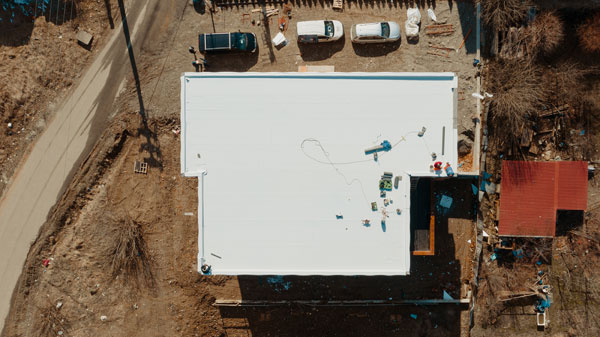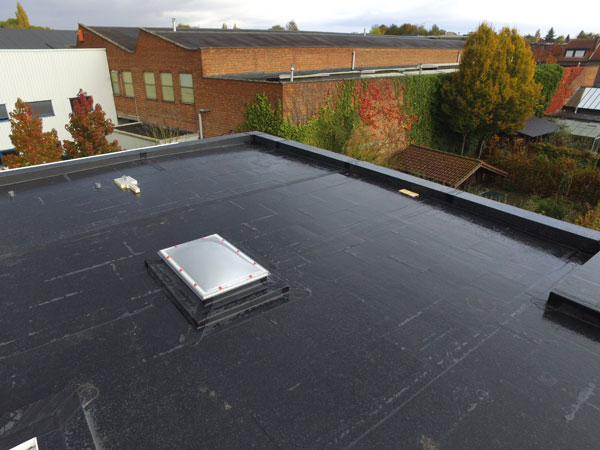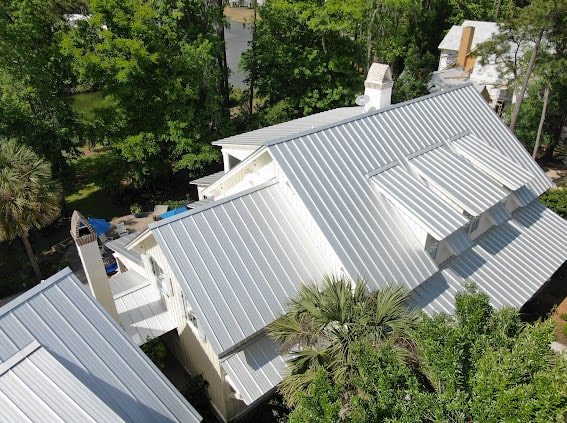Commercial Roofing Materials – TPO, EPDM, and Metal
If you are a commercial building owner who needs a new roof or wants to have a new structure built, the debate over the different types of roofing materials can be overwhelming. Though a roof is barely seen, it is under constant assault from the elements that include contaminants, UV rays, extreme heat and cold, wind, and rain.
It is the first defense against unwanted and unexpected expenses. Commercial roofs’ recommended material is different from those of residential buildings: Divine Metal and Roofing deals in three types of commercial roofing – TPO, EPDM, and metal. There are pros and cons for each style.
TPO
A thermoplastic polyolefin roof has become a popular commercial building roof option. TPO is among the most inexpensive roofing materials. Because it is white, it reduces heat buildup by reflecting the sun’s rays.
It is lightweight and can be installed in various ways. TPO can be adhered to the roof deck with adhesives or fastened directly to the roof’s deck. It is resistant to breakdown and corrosion. TPO is not prone to mildew or algae growth.
It does not have to be power washed. The plastics membranes melt together to create a more dependable bond between the seams, commonly responsible for roof leaks. TPO is an experimental membrane.


EPDM
Among the most significant advantages of an ethylene diene monomer roof is the price. EPDM is also very lightweight and comparatively easy to install. The roof deck does not have to be reinforced. High-quality EPDM roofs may have a lifespan of as much as 20 years.
They are relatively durable and do not easily scratch or scuff. Because EPDM is black, it absorbs heat. There are lighter colors available to help reflect heat, but they cost about 30 percent more. UV rays do not easily damage it. Adhesives are used to bond the seams. EPDM roofs are not the most appealing roofs.
Metal
Metal roofing systems consist of metal shingles or panels that overlap and are fastened to a solid substrate or open framing. A standing seam system has panel seams attached to the open frame or solid roof deck with concealed flanges or clips.
Some utilize a seam cap, other an in-field seamer that creates a double-lock seam. A metal roof system that uses R-panels is another system of metal roofing that is distinct from a standing seam system. It is held in place by exposed fasteners penetrating each panel.


